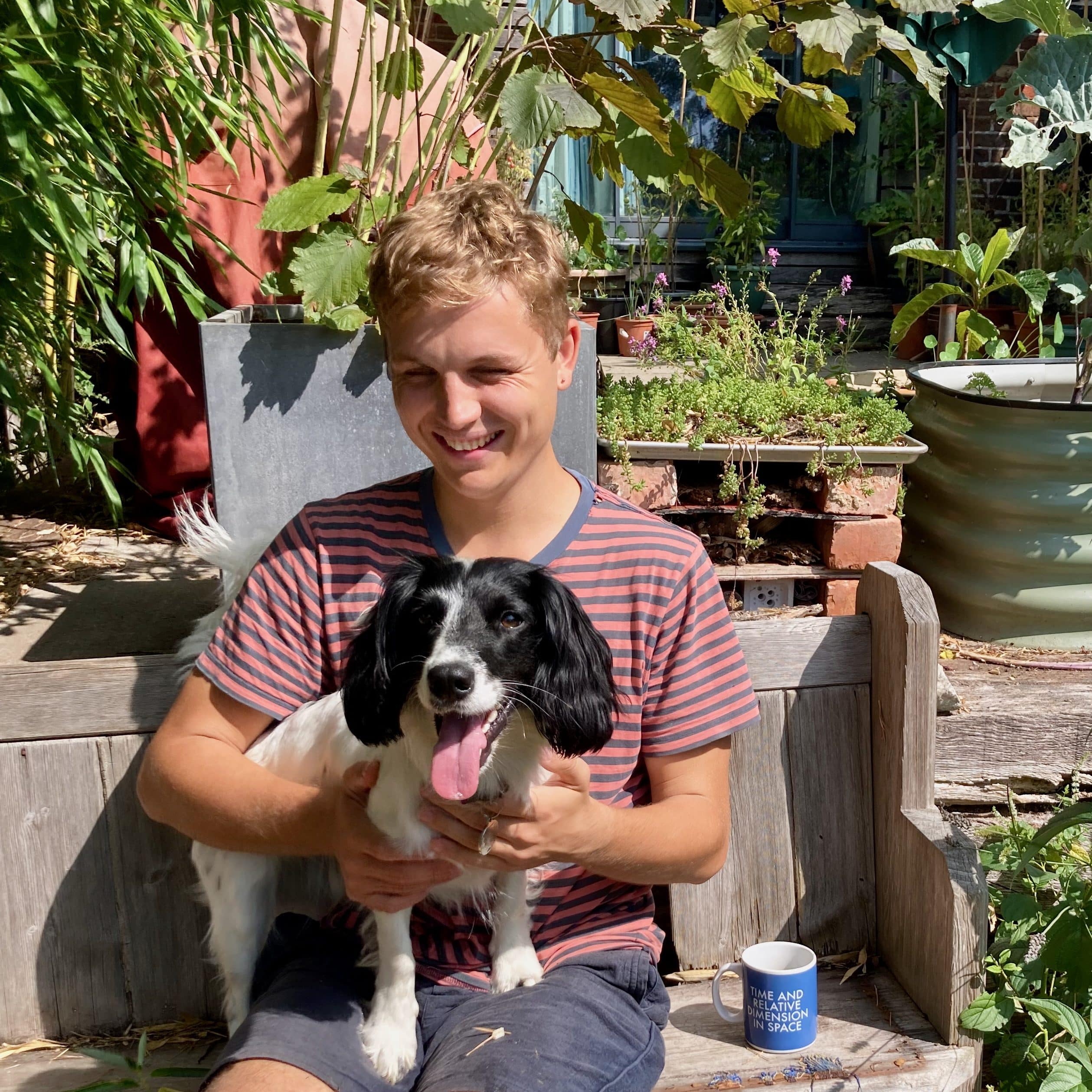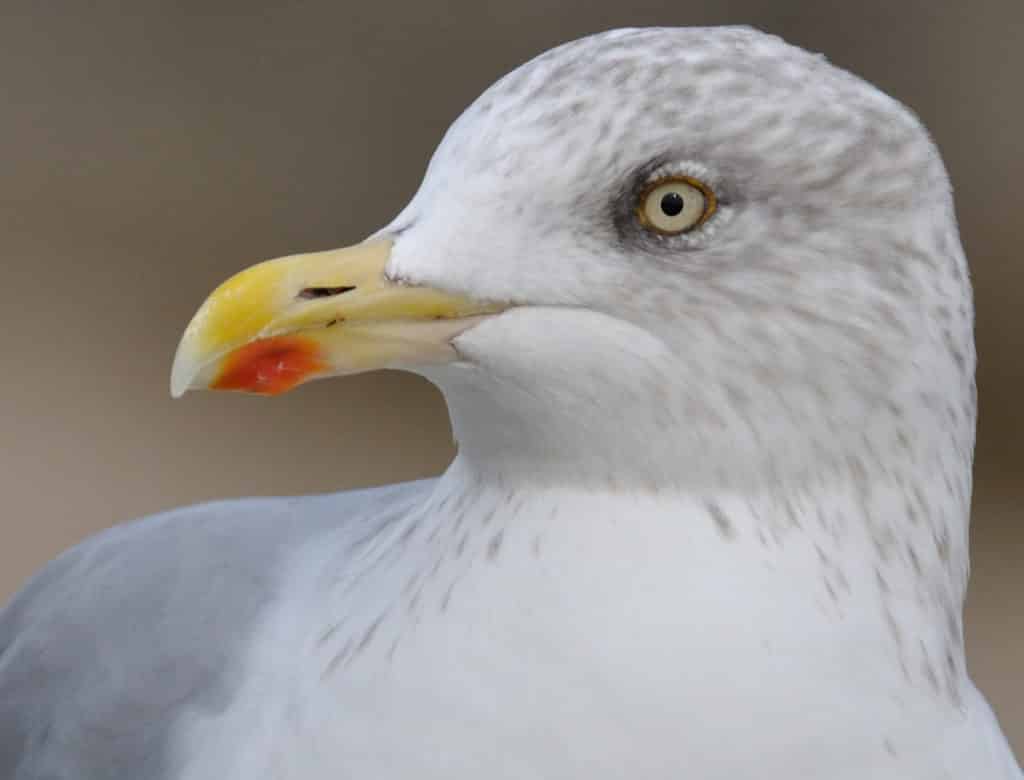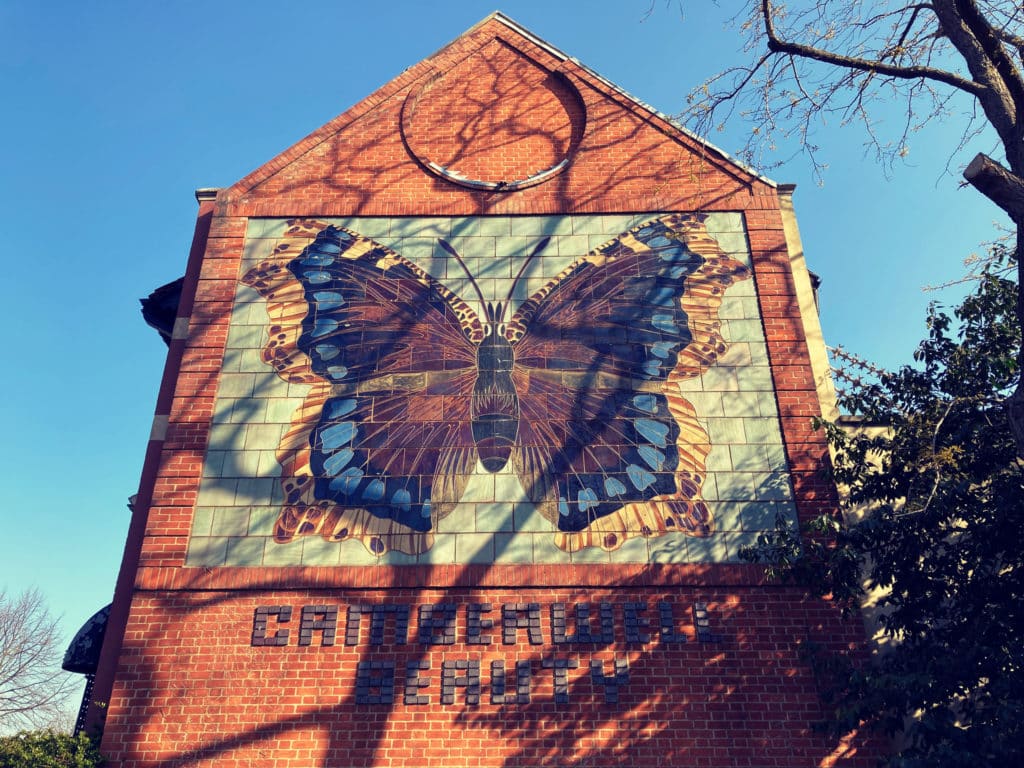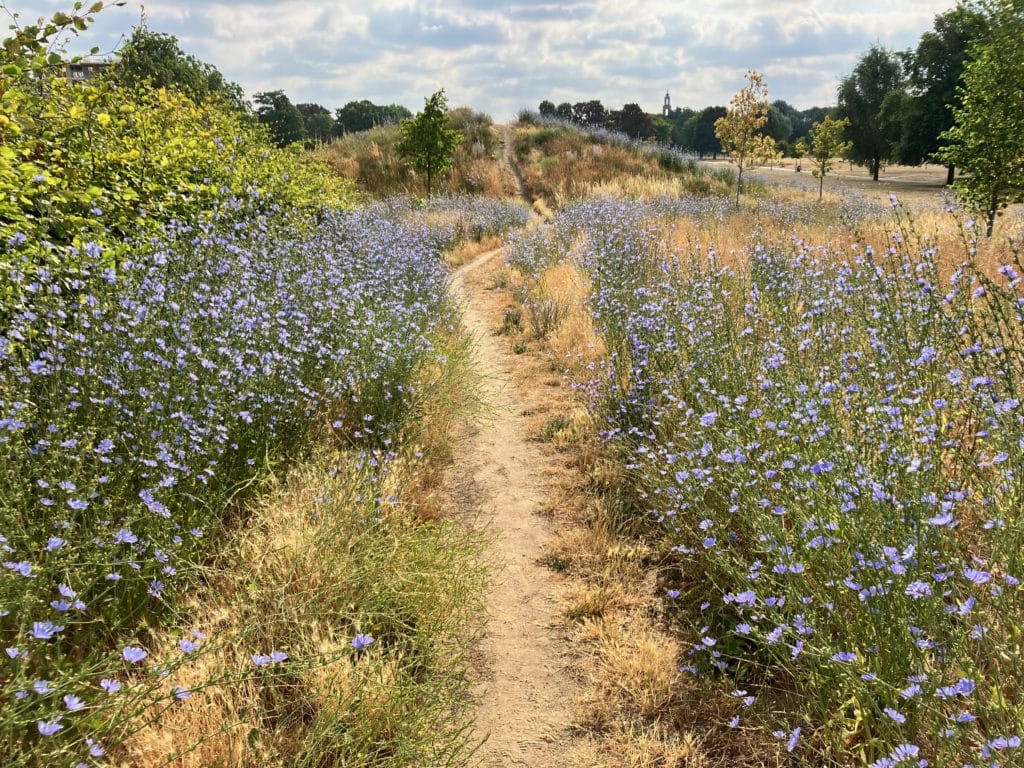Digby delivers work for the Community Team as a Data Assistant. He is responsible for updating, maintaining and improving GiGL’s species dataset, as well as being the person to contact if you have species records which you would like to share with GiGL.

- Town or countryside?
I think the suburbs are underrated.
- Summer or winter?
Before this year I would have probably said summer but now I’m pining for some cooler weather.
- Early bird or night owl?
I like to think I’m an early bird, but these days I’m probably a night owl in denial.
- Outdoor or indoors?
Outdoors.
- Plants or animals?
That’s impossible to answer – like choosing between night and day!
- What species is closest to your heart and why?
This might be controversial, but it would have to be the Herring Gull, Larus argentatus. I grew up on the south coast where, as in many parts of London, these opportunistic birds are often maligned for their chip-stealing and bin-raiding. Despite their apparent hardiness, gulls have faced a massive decline in their breeding populations over the last 50 years. Arguably, many of their most antisocial behaviours are due to human encroachment on food sources and can be tackled with simple precautions. Like other so-called “pests” (rats and foxes, for example) which share our spaces, they are a living reminder of human impacts on the natural world. Plus, they make great alarm clocks!

- What is your favourite Greater London open space and why?
Burgess Park in Southwark was a lifeline for many, me included, during the pandemic. The 56-hectare open space has a rich and storied past. It incorporates streets left derelict after the first and second world wars, former factories, and a section of the old Surrey Canal. This history is visible all over the site with bomb craters you can stand in, a beautiful old canal bridge and an iconic mural for a species of butterfly first named in the area – the “Camberwell Beauty”. The site boasts an array of wildlife with wildflower meadows, pockets of woodland and scrub – supporting rare birds and insects – and a sizeable lake with plenty of waterfowl. The park is much used by local people for sports, socialising and relaxation. Clearly loved by those who use it, Burgess Park is a fascinating example of how a spectacular space can develop within an urban environment.

- What has been your most formative experience working with the natural environment? And what did you learn then that you keep with you today?
I grew up with access to nature and open spaces and encouragement from others to engage with the outside world in a positive manner. It’s only since growing up that I’ve realised how lucky I was – and still am – to have this relationship with the natural world. Having worked in schools prior to and throughout the pandemic I’ve come to realise that, sadly, for too many people in the UK access to nature is limited or prohibited. I feel strongly that everyone should have access to open spaces and experience the physical, mental, and social benefits of being outdoors. As anxiety about the state of our planet intensifies, this feeling of connection to people and places is becoming increasingly important.
- What is your role at GiGL?
As data assistant I’m responsible for ensuring that incoming species records – the who, what, where and when of wildlife sightings – made by members of the public and various organisations, are correctly and promptly uploaded to GiGL’s database. It’s my job to ensure that the species database is up to date and accurately reflects the species found in London.
- What is your most enjoyable GiGL task so far?
There are two elements to my job that I enjoy most through my work on species records. The first is gaining deeper insights into the wildlife and open spaces of Greater London, a fascinating and biologically diverse ‘National Park City’. The second is getting to know the community of dedicated wildlife observers throughout the city, whose hard work enables GiGL to paint as accurate a picture as possible of the capital’s biodiversity, which is instrumental in helping inform decisions and safeguarding nature.
- What made you want to work for a Local Environmental Records Centre?
Biodiversity decline is really alarming. One of the most important steps in the fight against climate change and species loss is changing our understanding and perception of the living world. There are already hundreds, if not thousands, of interested and dedicated individuals seeing and interacting with wildlife across the capital. Handling this data may not seem glamorous at first, but it’s incredibly important in improving our understanding of emerging population trends. I also love the elegance and democracy of community science, just about anyone with an email account or pen and paper can make a valuable species record!

- London has a lot to offer someone looking to learn more about wildlife and open spaces. What one thing would you advise people to explore?
Visit places. The more unloved and overgrown, then potentially the better. And grow an attachment to your little patch of wild. While you’re there you might want to use a variety of recording apps, or just pen and paper to note down what you’ve seen. If you’re looking to meet people and learn new knowledge and skills, volunteer schemes such as those with a wildlife charity or local “friends of…” group can be fun, educational, and deeply satisfying. Finally, if you do make some records of species don’t forget to send them to us so you can help contribute to our database of more than 6 million species records in London!
